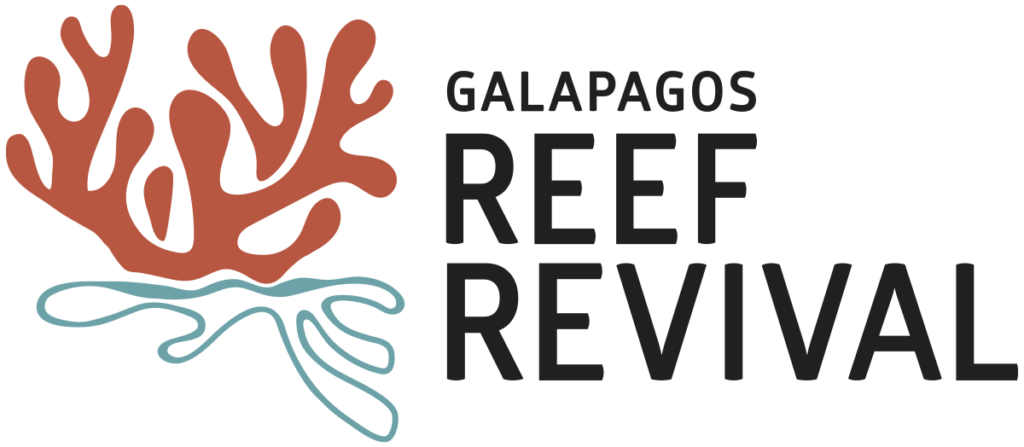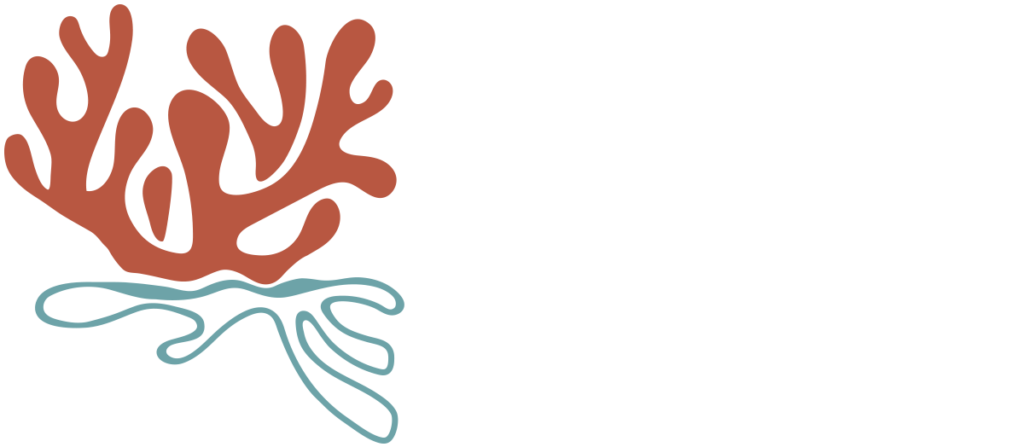How do we do it?
Exploration
Our team carries out expeditions to chart the last surviving coral remnants, generating information on coral abundance, diversity and health to develop baselines and distribution maps of the Galapagos coral communities.
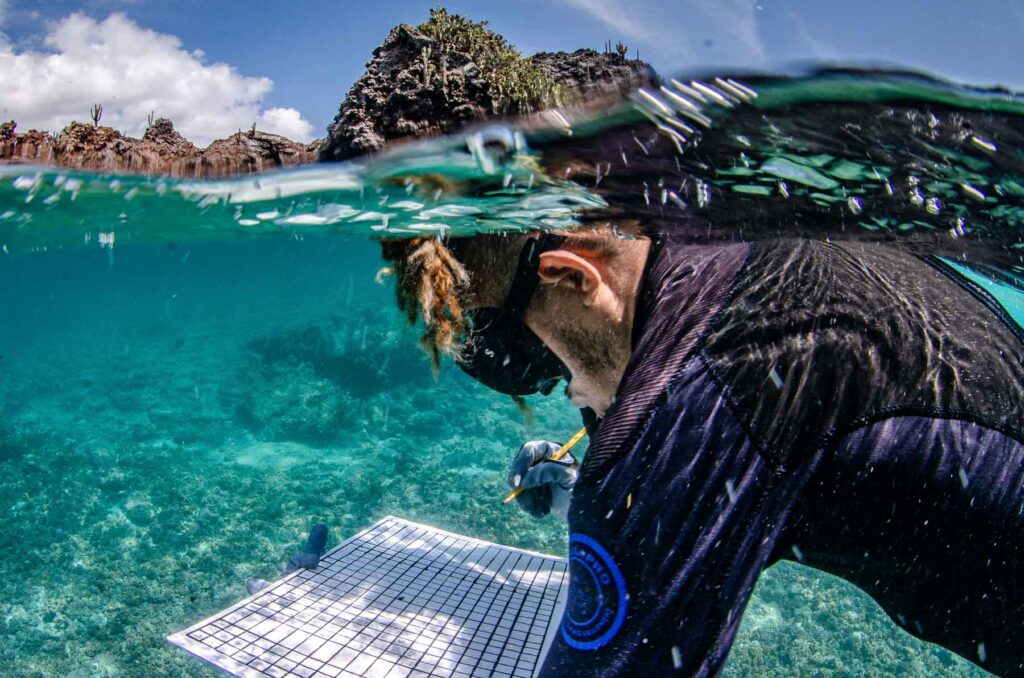
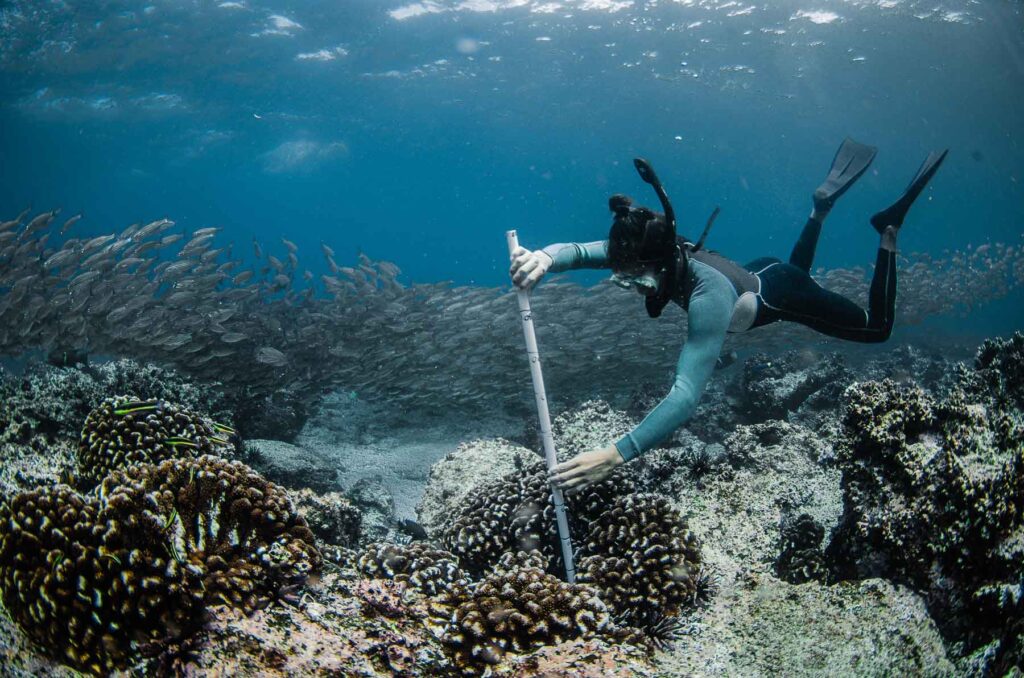
Collection
The baseline information allows us to identify coral species, assess coral health and select the best suited corals for restoration. Our team then revisits the site to collect a sample of coral fragments from the selected donor colonies.
Rearing
Coral fragments are labeled and transported to our underwater coral nursery where we carefully take care of them. Our team cultivates the corals while closely monitoring their health, growth and development until they reach a suitable size to be transplanted back to the reef.
Isabela Restoration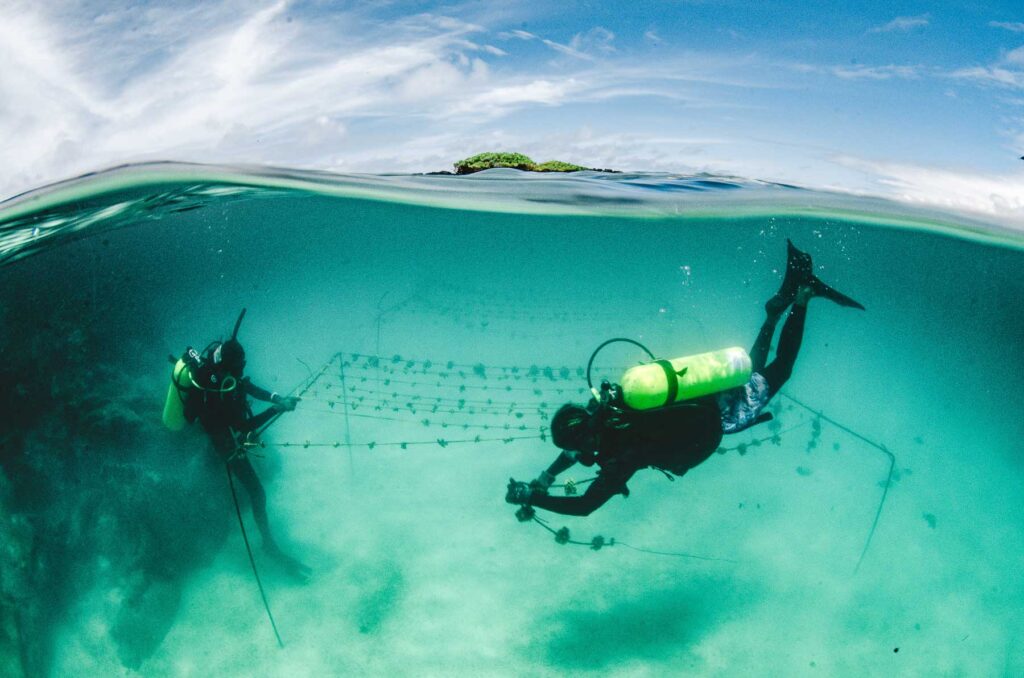
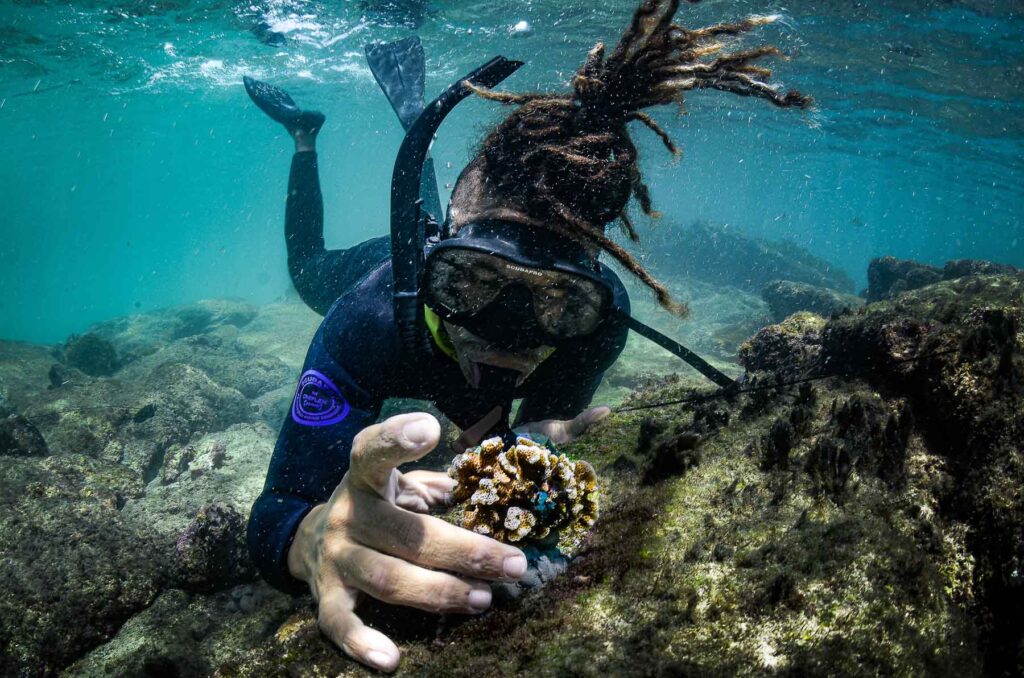
Transplanting
Mature corals are transplanted onto the historic reef areas in order to recreate ecosystem functions and complexity. By introducing coral diversity, our team enhances ecosystem resilience, promotes endangered species representation and increases redundancy, reducing extinction risk in the process.
